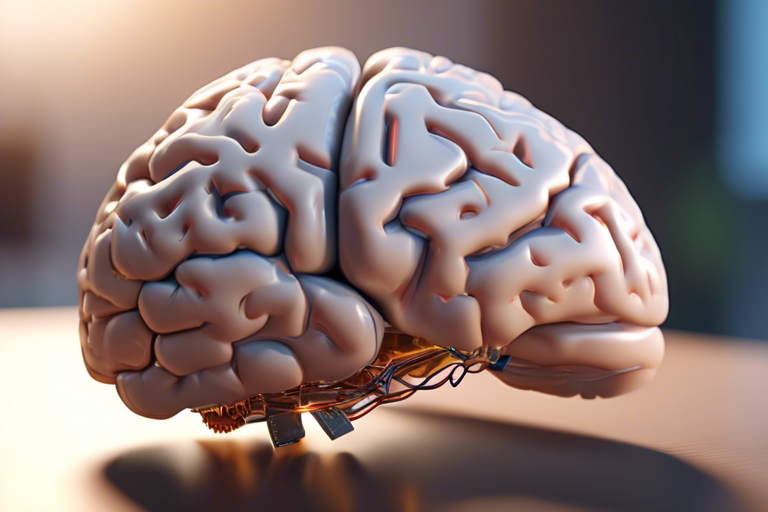Revolutionizing Communication: A Breakthrough in Neuroprosthesis Implants
A stroke survivor named Pancho has achieved the remarkable feat of communicating in both Spanish and English, thanks to a cutting-edge neuroprosthesis implant. This groundbreaking development, spearheaded by Dr. Edward Chang at the University of California, San Francisco, marks a significant breakthrough in medical technology. The research, as detailed in a study published in Nature Biomedical Engineering, showcases the potential of AI and brain implants to transform the lives of individuals with severe communication impairments.
Unveiling the Research Insights
The study is based on Dr. Chang’s earlier work in 2021, demonstrating the translation of brain activity into words for individuals with paralysis. The focus of the latest research is on Pancho, who lost his ability to speak after a stroke. By utilizing a bilingual AI model, the neuroprosthesis can interpret Pancho’s brain signals and convert them into words in both Spanish and English, displayed on a screen for communication.
- The study builds on Dr. Chang’s prior work in translating brain activity into words
- The research centers on Pancho, a stroke survivor unable to speak
- The neuroprosthesis decodes Pancho’s brain activity for bilingual communication
Implementation of Advanced Technology
Researchers leveraged a large neural network model trained on Pancho’s brain signals using the NVIDIA cuDNN-accelerated PyTorch framework and V100 GPUs. The implant, placed on Pancho’s brain surface, distinguishes between Spanish and English speech signals, ensuring accurate translation. During the study, Pancho practiced articulating words in both languages, with the AI model attaining a 75% accuracy rate in decoding his sentences.
- The neural network model was trained on Pancho’s brain signals
- The neuroprosthesis differentiates between Spanish and English brain activity
- The AI model achieved a 75% accuracy rate in translating Pancho’s sentences
Implications and Future Perspectives
This research opens new avenues for enhancing communication abilities in individuals who struggle to speak or use alternative methods. The long-term success of Pancho’s neuroprosthesis, in place for four years, showcases its enduring impact. Additionally, the study sheds light on how the brain processes language, challenging conventional notions that separate brain regions handle different languages. The findings could lead to advanced neuroprosthetic devices for bilingual users.
- The research offers hope for improved communication for non-verbal individuals
- Pancho’s long-term implant success highlights the technology’s longevity
- New insights challenge previous beliefs about language processing in the brain
Advancements in AI and Neuroprosthetics
The study underscores the adaptability of generative AI models, showcasing their ability to learn and enhance performance over time. Lead author Alexander Silva expresses confidence in the technology’s future applications, emphasizing its potential to benefit individuals like Pancho. The continuous evolution of AI-driven neuroprosthetics holds promise for revolutionizing communication for those with speech impairments.
- Generative AI models can improve over time, enhancing translation capabilities
- Lead author Silva is optimistic about the technology’s future impact on patients
- AI-driven neuroprosthetics show potential for transforming communication methods





 By
By
 By
By
 By
By
 By
By
 By
By
 By
By